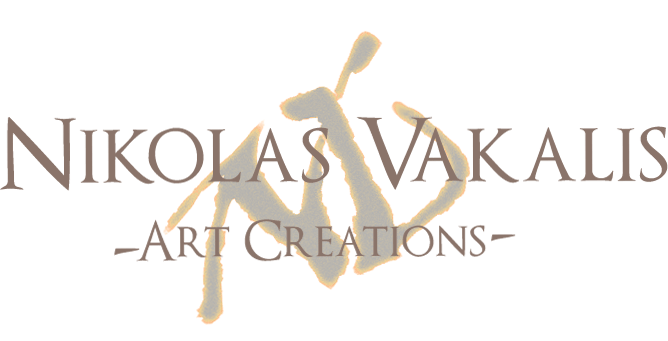
2017, Erbil, Iraq, as an instructor in the frame of the program “First Aid and Conservation Techniques on damaged Archaeological Sites in Iraq”
held in the Iraqi Institute for the Conservation of Antiquities and Heritage (IICAH).
The project was funded by the Italian Government.
The artifacts come from the Erbil Civilization Museum. and range from the 3rd millennium BCE to the 1st century AD.
From Hatra, modern-day Mosul Governorate, Iraq.
These figures date back to the first century CE
Click on the pictures for more info.
Part of the field work was carried out in the Qalinj Agha site, 6.000 BCE,
where first aid interventions on some
of the mud-brick structures
were carried
out.

This little statue of Hercules comes from Hatra, modern-day Mosul Governorate, Iraq and dates back to the first century AD.




A fragment of a wall relief which was carved with cuneiform inscriptions. Neo-Assyrian period, 911-612 BCE.

Mud-brick with cuneiform inscriptions. Ur III period, 3rd millennium BCE, from southern Mesopotamia.


Life-size graywacke statue of a standing naked man or deity. From modern-day southern Kurdistan, Iraq, dates back to the Urartian period, circa 1.500 BCE.


In Qalinji Agha site discussing about the recovering steps.

In Qalinji Agha site the last day with my students.